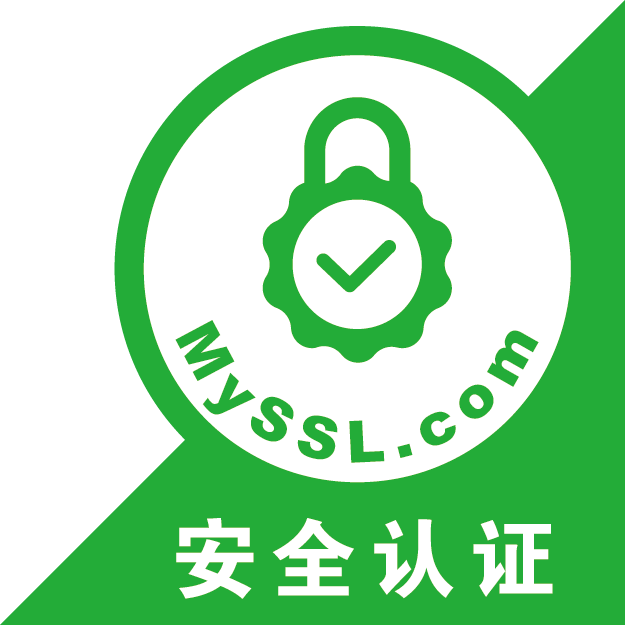悠悠楠杉
SEO网站推广策略:打造高效、吸引人的内容
SEO网站推广策略:打造高效、吸引人的内容
标题(Title)
"Maximizing Website Visibility through Effective SEO Practices: A Comprehensive Guide"
关键词(Keywords)
- SEO (Search Engine Optimization)
- Keyword Research
- On-page Optimization
- Off-page Optimization
- Content Marketing
- Backlinks
- User Experience (UX)
- Mobile Optimization
- Analytics and Tracking
- Link Building Strategies
描述(Meta Description)
This comprehensive guide outlines the essential steps and best practices for enhancing a website's visibility on search engines through effective SEO. It covers keyword research, on-page optimization, off-page optimization, content marketing, user experience optimization, and advanced link building strategies. The focus is on creating a seamless integration between search engine guidelines and user needs to drive organic traffic and improve overall website performance.
正文(Content)
1. 引言:理解SEO的重要性
SEO (Search Engine Optimization) is the process of optimizing a website to increase its visibility in search engine results pages (SERPs), thereby attracting more organic traffic. With an estimated 93% of online experiences starting with a search engine, understanding and implementing effective SEO practices is crucial for businesses looking to grow their online presence.
2. 关键步骤一:深入进行关键词研究
Before optimizing your website, it's essential to identify the right keywords that are relevant to your business, have a reasonable search volume, and are less competitive. Use tools like Google Keyword Planner, SEMrush, or Ahrefs to research and analyze keywords. Focus on long-tail keywords that are more specific and less competitive, which can lead to higher conversion rates.
3. 关键步骤二:优化网站结构与内容
On-page optimization involves optimizing your website's content and structure to make it more search engine friendly. This includes:
- Headings and Subheadings: Use H1, H2 tags to structure your content effectively.
- Meta Tags: Optimize your title tags (50-60 characters) and meta descriptions (150-160 characters) with your target keywords.
- Content Quality: Ensure your content is original, informative, and engaging. Use your target keywords naturally within the text.
- Image Optimization: Use alt tags for images, optimize image files for faster loading times, and ensure they're relevant to your content.
- URL Structure: Keep URLs short, descriptive, and use keywords where appropriate.
4. 关键步骤三:构建高质量的外部链接
Off-page optimization involves building high-quality backlinks from other reputable websites to your site. This signals to search engines that your site is trustworthy and authoritative. Strategies include:
- Guest Blogging: Write for relevant, high-authority blogs in your niche.
- Influencer Outreach: Reach out to industry influencers for link placements or collaborations.
- Directory Submissions: Submit your site to relevant online directories.
- Broken Link Building: Find broken links on other sites within the same niche and offer a replacement link to the site owner.
5. 提升用户体验与移动优化
User experience (UX) is a crucial aspect of SEO as it directly impacts how users interact with your site. Consider:
- Responsive Design: Ensure your site is mobile-friendly with a responsive design that adjusts to different screen sizes.
- Easy Navigation: Make it easy for users to find what they're looking for with clear navigation menus and a logical site structure.
- Fast Loading Times: Optimize your images, reduce server response times, and minimize redirects to ensure a smooth browsing experience.
6. 利用分析工具追踪与改进
Analyzing your website's performance using tools like Google Search Console, Google Analytics, and Ahrefs' Site Explorer helps you understand how users interact with your site and identify areas for improvement. Use this data to make data-driven decisions on content creation, link building, and site optimization.

